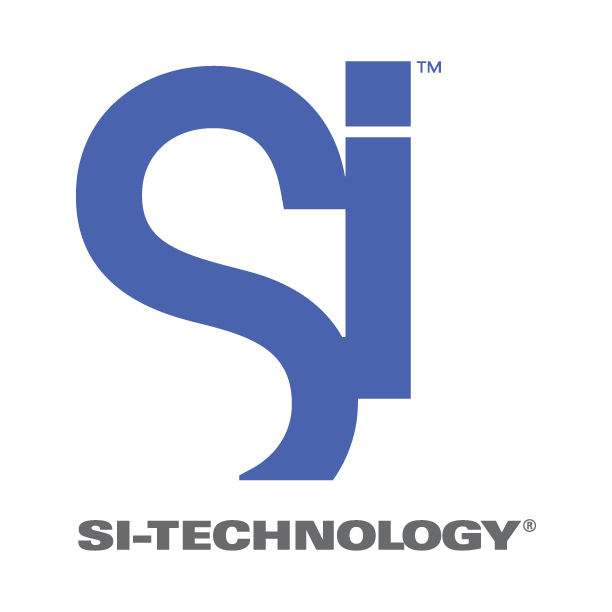CLAIMS
1. A method for medial stabilization of a spinal column, the spinal column including a midline having a left and a right side, a first vertebra having a first lamina, a first spinous process, the first spinous process having a superior aspect opposite an inferior aspect, the method comprising:
a) positioning a first rod having a cranial portion opposite a caudal portion and a first longitudinal axis and a second rod having a cranial portion opposite a caudal portion and a second longitudinal axis against the spinal column such that: i. the second rod is spaced apart from and substantially parallel with the first rod; ii. the first rod is positioned against the first lamina and against the left side of the first spinous process and the second rod is positioned against the first lamina and against the right side of the first spinous process; and iii. the cranial portions of the first and second rods extend cranially from the superior aspect of the first spinous process and the caudal portions of the first and second rods extend caudally from the inferior aspect of the first spinous process;
b) delivering a first interlaminar member into operative engagement with the first rod and the second rod via an approach that is substantially perpendicular to the first longitudinal axis, the first interlaminar member comprising a U-shaped body defined by an elastic midsection, two spaced apart end portions, and a pair of juxtaposed legs, each leg extending substantially parallel to one another from one of the respective ends in a direction outwardly away from the spinal column;
c) securing the first interlaminar member to both the caudal portion of the first rod and the caudal portion of the second rod such that the first interlaminar member seats against the inferior aspect of the first spinous process;
d) delivering a second interlaminar member into operative engagement with the first rod and the second rod via an approach that is substantially perpendicular to the first longitudinal axis; and
e) securing the second interlaminar member to both the cranial portion of the first rod and the cranial portion of the second rod such that the second interlaminar member seats against the superior aspect of the first spinous process.
2. The method of claim 1, wherein the pair of juxtaposed legs of the U-shaped body of the first interlaminar member includes an uppermost leg and a lowermost leg. the uppermost leg being longer than the lowermost leg.
3. The method of claim 2, wherein the second interlaminar member comprises a U-shaped body, the U-shaped body including a pair of oppositely positioned ears extending laterally outwardly from the body in opposing directions, each of the ears containing an aperture structured and arranged to slideablv receive one of the first and second rods.
4. The method of claim 3 wherein each of the pair of oppositely positioned ears further includes a fastener extending therethrough and adapted to releaseably engage the one of the respective first and second rods slideably received therein.
5. The method of claim 2, wherein the first leg of the U-shaped body includes a rod coupling interface adapted to couple to the first rod and to the second rod.
6. The method of claim 2 wherein the longer uppermost leg is a handle adapted to insert and position the first interlaminar member during surgery.
7. The method of claim 1, wherein the second interlaminar member comprises a U-shaped body, the U-shaped body including a pair of oppositely positioned ears extending laterally outwardly from the body in opposing directions, each of the ears containing an aperture structured and arranged to slideablv receive one of the first and second rods.

